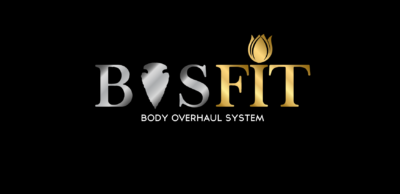A guide to flexible dieting:
This is a topic of that sparks debate with people either very for or very against flexible dieting.
I definitely think it has its place in everybody’s meal plans. Specific diet plans. Can be quite restrictive.
There is a lot of people that love food, love experimenting with new recipes and enjoy that part of their day. Why should you take that away? For some reason people find it easier to cut out all the foods they enjoy, live on foods they don’t like and struggle through the day as opposed to doing a little bit of ground work so they can still have the food they want in moderation and still reach their goals.
What is Flexible Dieting?
Flexible Dieting (Or commonly known as If It Fits Your Macros) is simply the tracking of macronutrients (protein, carbohydrate and fat) to achieve a body composition goal.
Macronutrients or Macros make up the majority of our diets.
There are three main macros:
Protein, Fat and Carbohydrate. One gram of each macro has a calorie value.
– 1 Gram of Protein = 4 Calories
– 1 Gram of Carbohydrate = 4 Calories
– 1 Gram of Fat = 9 Calories
Rather than typical calorie counting (e.g. Eating 2000 cals a day) Flexible Dieters would track macronutrients (e.g. Eating 150g Protein, 80g Fat, 170g Carbohydrate = 2000 cals) which more effectively influences body composition rather than just weight loss or gain.
Flexible Dieting follows the belief that there are no miracle weight loss foods. No good or bad foods, just macro ratios.
So why Kebab? Kebab is just an example. Often associated with drunken nights and with breaking diets and in turn demotivating people.
Donner Kebab (Donner Kebab) Serving Size: 1 donner, Calories: 1006, Fat: 62.3g, Carbs: 33g, Protein: 18g
Here is a kebab. Now look at that, fattening isn’t it? How could you eat that and still lose weight? I’ll tell you. For example if your calories were only 2000 using a macrontrient split to make up these numbers would be 218.8 Protein 78.8 fat 102.3 carbs. All you would need to do is subtract the kebab from your total numbers. Now that leaves you with very little fat left with a large amount of protein left to eat. So the remainder of the day would be complete low fat protein sources such a meat, chicken, fish, protein shakes, egg whites ect with salads or high fibrous vegetables to keep calories and carb content low. With the fat content already being so high for the remainder of the day you’d need to stick to whey, low fat fish and avoid high fatty fish like salmon and stay away from eggs.
Step 1: Find your Maintenance Calorie Baseline here is a link to get you started
Step two find an app to track your food intake:
Popular APPS are my fitness pal or calorie king. Use these macros as the staple for your diet. As you eat log your results and track your numbers.
Although this method is a way that you can eat the food you like and still reach your goals, it isn’t an invitation to an unhealthy lifestyle. You want to eat as much micronutrient dense foods as possible while not over indulging in trans fats, simple sugars and allergenic foods. The method of ‘eating clean’ and having ‘cheat meals’ I don’t think is effective. In these cheat meals people over indulge then are unhappy when they have to return to their diets and is far from sustainable. Doing flexible dieting is the most sustainable way to reach your goals. Even just the thought of knowing that no food is off limits should reduce the cravings. I encourage everyone to not only track macronutrients but have meals very high in macronutrients too. Flexible dieting is just based on body composition but if you want to feel good, be happier, look better, have more vitality, look after your cells, vital organs and your overall being then have a healthy diet high in vitamin and minerals. Keep the staple of your diet healthy and allow some room for the food of your choice every so often instead of the other way around. I hope you foodies find this helpful.
